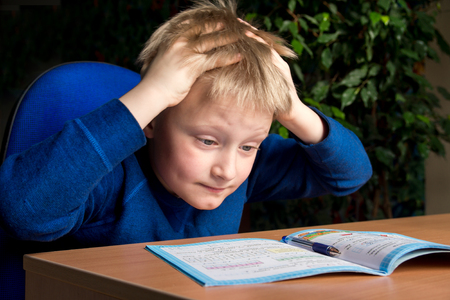Is progressive better than traditional?
We’re talking of schools, and that question has been asked of me many times because my kids have done both.
I have two older children who started attending Catholic schools in kindergarten, transferred to an international progressive school in their primary years, and moved back to Catholic trad for middle school; one now attends a science high school.
The youngest has studied in traditional/progressive schools and is attending a Montessori grade school.
Because each child has attended at least five different institutions, I have firsthand experience of many school systems.In these new coronavirus disease (COVID-19) times, there’s understandably a significant increase in interest and questions about progressive methods of schooling. Traditional teaching methods are forcibly being disrupted—for good. But the approach and main difference hasn’t changed: Traditional schools set stricter standards for learning while progressive schools adjust lessons to the child’s own learning pace.
How did my children compare these? One week after their return to trad school, they described it the same way: “It’s sink or swim!” Lessons advanced even if not everyone got it, teachers did not adjust to students. It was their “new normal” and their old school felt “like a daycare” in comparison.
Real life has bullies, though. Both experienced bullying but were luckily able to process and learn from it. And there was an upside to being in a school with 10 sections per level: They were not talking to the same kids day in and day out! They were now hearing different stories and exposed to more viewpoints.
It’s true that in a small class, each child’s talents will be recognized. The child doesn’t even have to try hard to be noticed. There’s more joy in learning—children actually like going to school!—because the work is meaningful and you don’t feel pressured to go beyond your pace. Best of all, you don’t have to do homework!
Downside
The downside is exactly that: There’s little reason to work really hard. My child admitted that when given a choice on how to do her work, she would always choose the easier way. Her sibling would often rush his class work because you could read a book if you finished ahead—why bother taking time to do better? When there’s no rigor and your benchmark is yourself, how do you discover and be your best?
I believe the best value offered by big traditional schools is their many ways of developing excellence (clubs, sports teams, a real school paper), and having more models of it. Because of the smaller student-teacher
ratio and school population, progressive schools will always be much more expensive, so high performers must be both smart and well-off. A traditional school’s high performers need only be smart, so there’s a much higher chance of excellent students entering.
But I love progressive schools because progressive teaching methods really make more sense. The learning goals are clear to each student; how they learn is as important as what they learn. And in that class, he or she is not just a number. The teachers may not be uniformly good, but every single one knows your child and can tell you about the great things she does. There’s a lot of confidence you can build in a small pond.
So which is better, progressive or traditional? Neither one. Each has benefits that parents need to learn more about to make an informed choice. If they are old enough to understand the choices offered, you can let your child choose—which is what I did, every time. My kids never regretted their choices.
There is no perfect school, only one you’ve decided is right for you.—CONTRIBUTED INQ
The author is director of The Learning Library, which provides online enrichment programs in Reading and Filipino, all-subject tutorials for children age 4 and up. She is a mother of three and a professional consultant who gives parent talks on developing the love of reading and appreciation of the Filipino language among children.









































